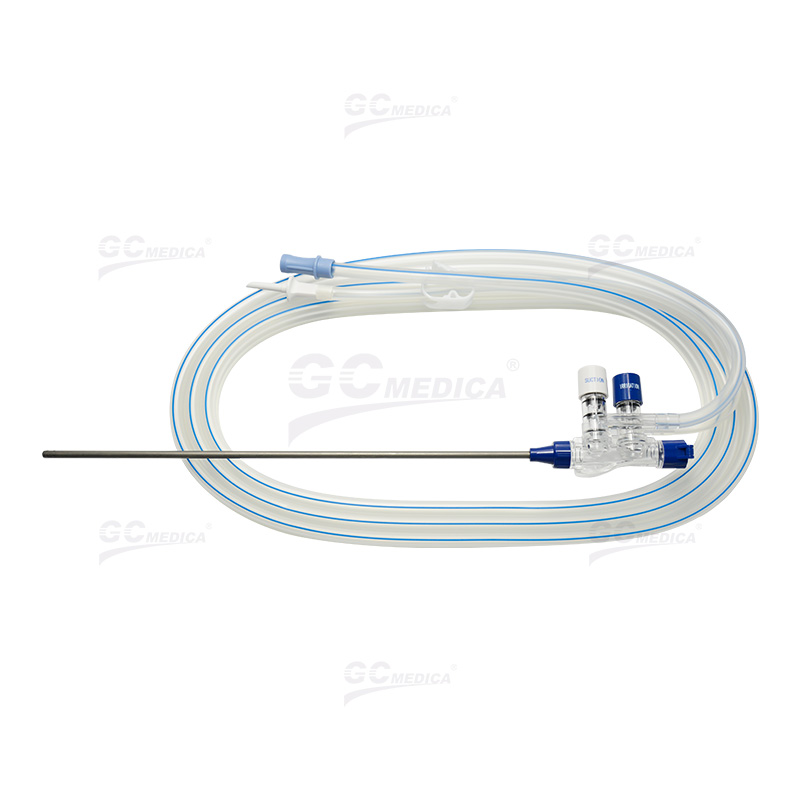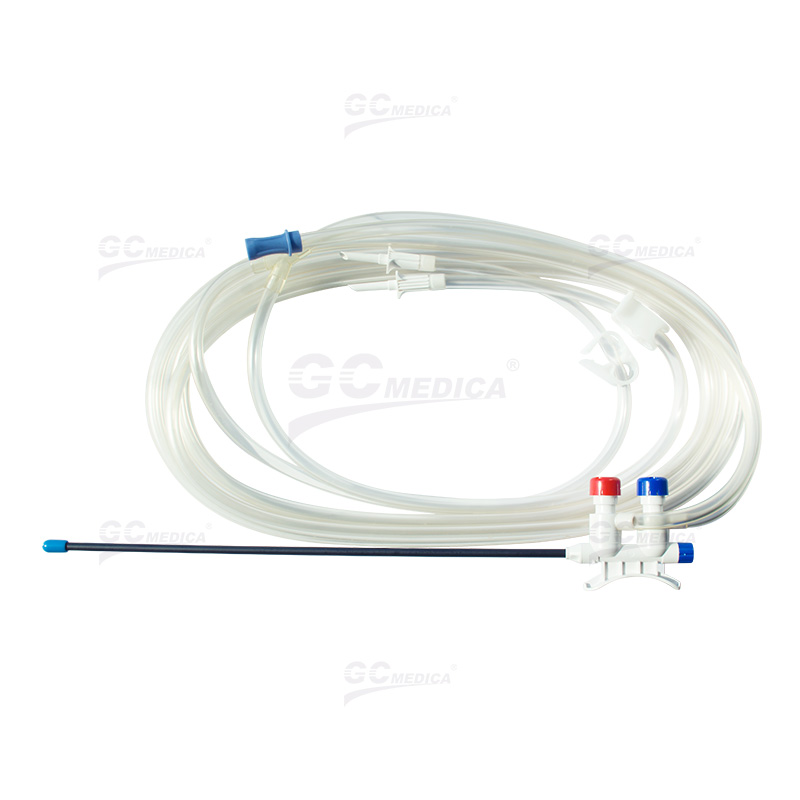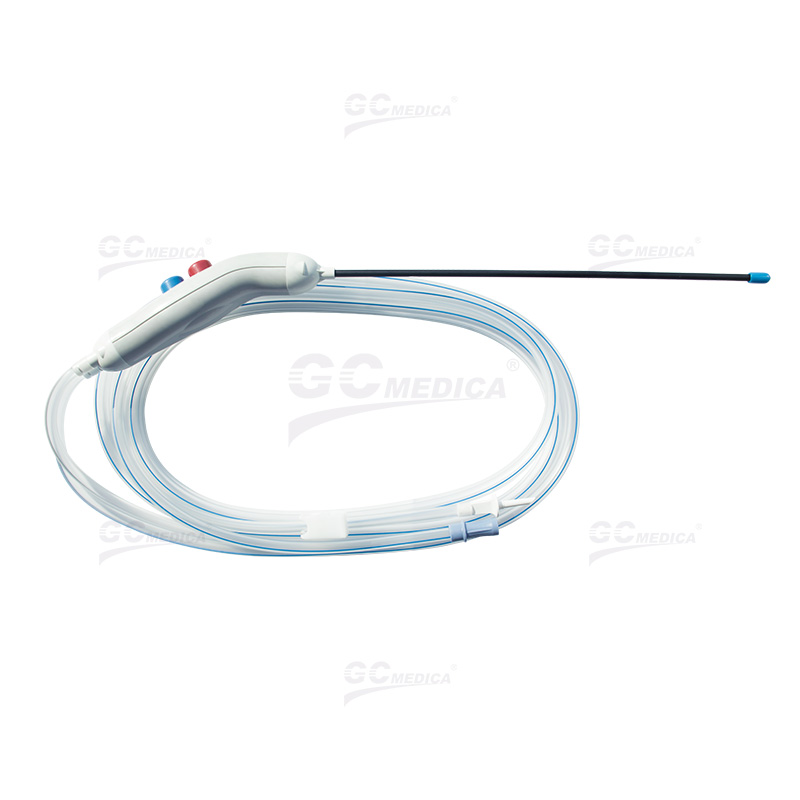A suction irrigation system is an essential tool in modern surgical procedures, particularly in laparoscopic and open surgeries. This device ensures a clear surgical field by efficiently removing blood, fluids, and debris while delivering irrigation solutions to maintain visibility. By enhancing precision and reducing infection risks, suction irrigation systems improve patient outcomes and surgical efficiency.
| |
| Suction Irrigation Set | |
| Laparoscopic Suction Irrigation Set | |
| Suction Irrigation Laparoscopy | |
The Importance of Suction Irrigation Systems in Surgery
During surgery, maintaining a clean and unobstructed view is crucial for optimal precision. The suction function clears excess blood and fluids, while the irrigation function helps wash away debris and maintain tissue hydration. This dual functionality is especially valuable in laparoscopic procedures, where surgeons operate through small incisions with limited visibility.
In open surgeries, effective suction and irrigation prevent fluid accumulation, allowing surgeons to work with greater accuracy. These systems also help remove surgical smoke produced by energy devices, ensuring a clear field throughout the procedure.
Benefits of Suction Irrigation Systems
Improved Surgical Visibility
Clears blood and fluids, preventing visual obstruction.
Enhances precision, particularly in minimally invasive procedures.
Reduced Infection Risks
Maintains a sterile environment by continuously flushing contaminants.
Minimizes bacterial growth by preventing fluid stagnation.
Enhanced Patient Safety
Reduces complications related to excessive fluid accumulation.
Helps prevent tissue dehydration during lengthy procedures.
Increased Efficiency for Surgeons
Enables seamless switching between suction and irrigation functions.
Reduces the need for manual fluid management, saving time.
Versatility Across Specialties
Essential for general surgery, gynecology, urology, and orthopedic procedures.
Supports both laparoscopic and open surgical techniques.
Key Features to Consider in a Suction Irrigation System
When selecting a suction irrigation system, surgical teams should consider the following factors to ensure optimal performance:
Adjustable Suction & Irrigation Flow – Allows customization based on procedural needs.
Ergonomic Handpiece Design – Provides comfort and precision for prolonged use.
Compatibility with Surgical Instruments – Integrates seamlessly with existing equipment.
Disposable vs. Reusable Options – Disposable components enhance infection control, while reusable ones offer cost savings.
Anti-Clogging Technology – Ensures uninterrupted fluid management.
Choosing the Right Suction Irrigation System
Hospitals and surgical centers should select a suction irrigation system that meets their specific needs:
For Laparoscopic Surgery: Opt for a system with fine flow control and a lightweight handpiece to support delicate procedures.
For Open Surgery: Prioritize high suction power and wide-bore tubing for effective fluid removal.
For Cost-Effectiveness: Evaluate reusable vs. disposable components based on long-term budget considerations.
Conclusion
A suction irrigation system is a critical tool in laparoscopic and open surgeries, enhancing surgical precision, improving visibility, and reducing infection risks. By selecting a high-quality system with the right features, healthcare providers can streamline surgical procedures and improve patient safety. Investing in an advanced suction irrigation system ensures superior surgical efficiency and better clinical outcomes.
Related Products
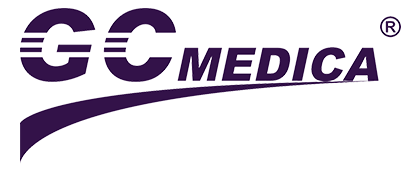

 Français
Français Español
Español Products
Products
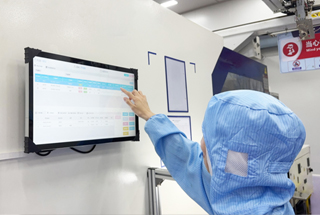
 About Us
About Us




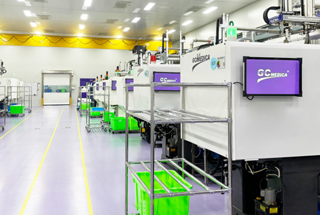
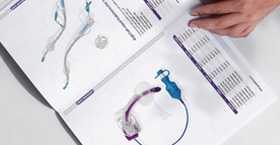

 Laparoscopic Suction Irrigation Set Online Promotion
Laparoscopic Suction Irrigation Set Online Promotion